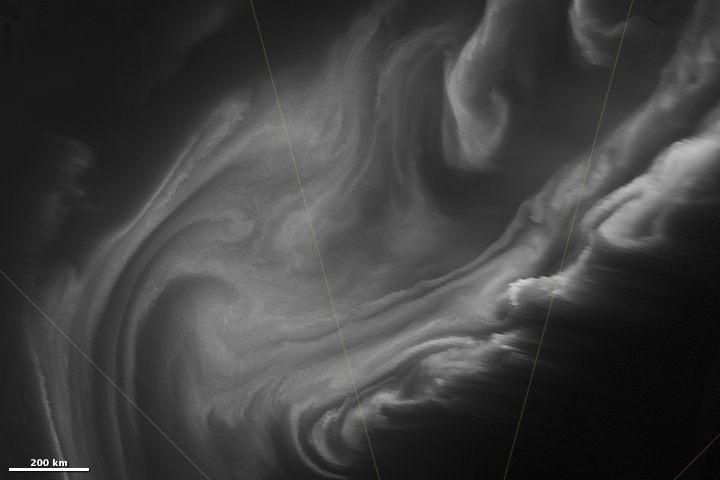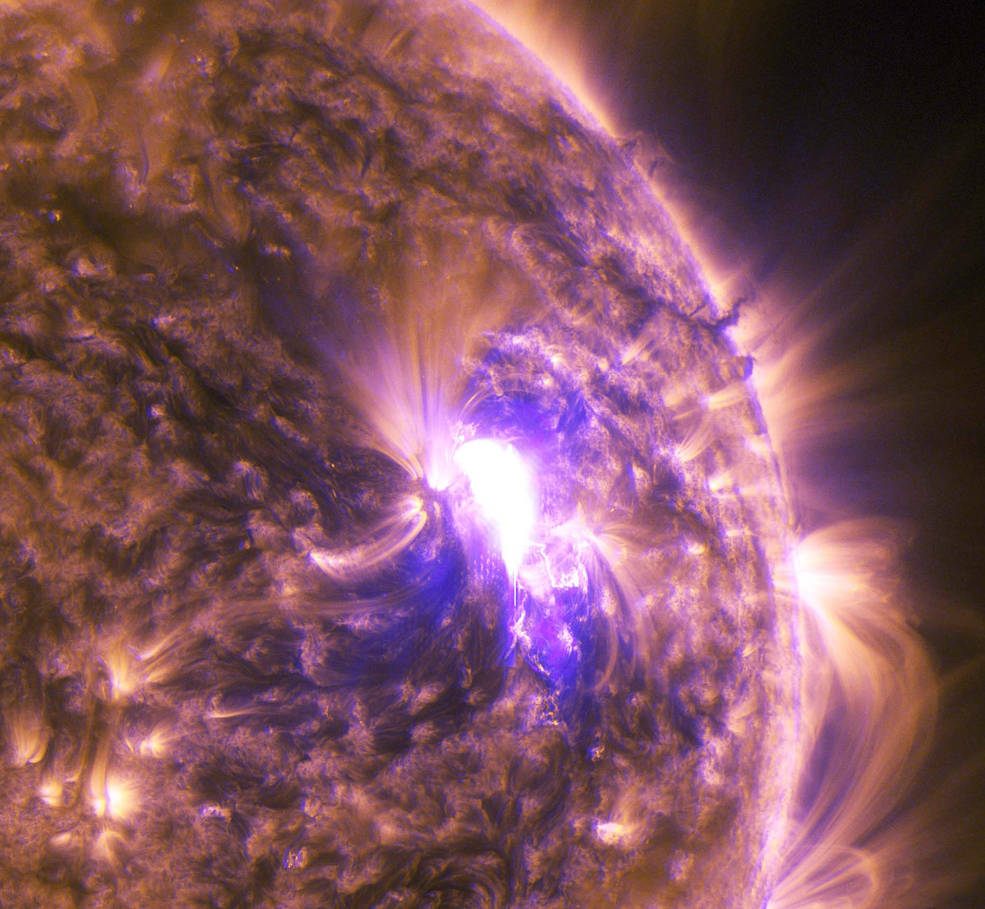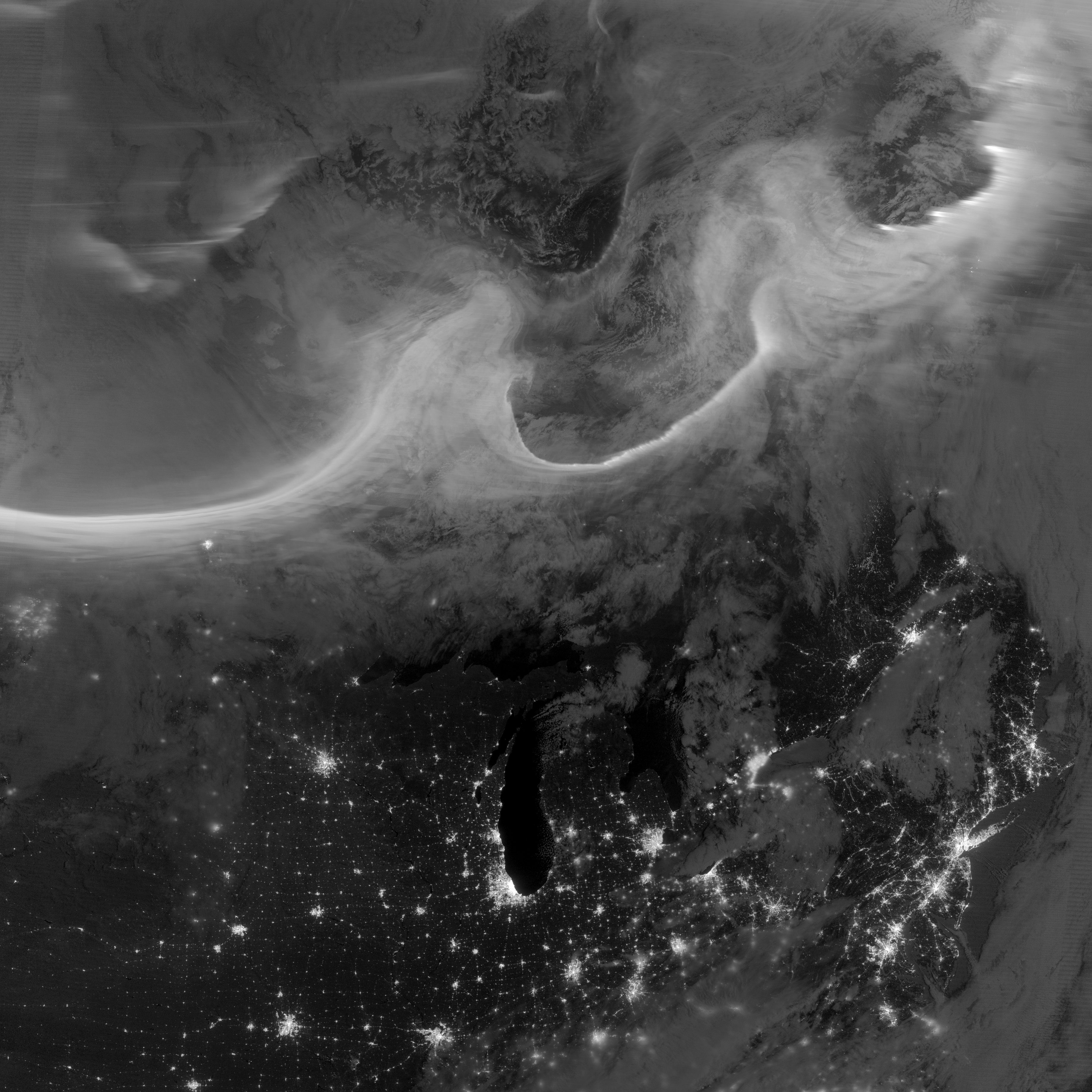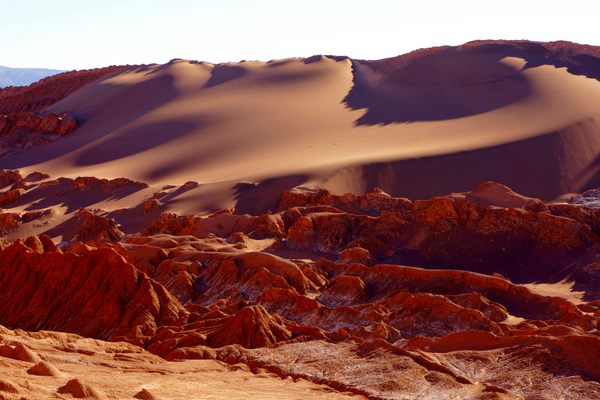The Greatest Show of the Summer is the Sun

The aurora, from space (Image: NASA)
Last week was filled heavy with news; it seemed like America was about to explode with grief and joy. So you’d be forgiven for not noticing that the sun couldn’t keep its own flare-ups in check—it was a huge week for star-gazers and NASA satellites, who captured some awe-inspiring images of solar activity.
Early in the week, the star started gushing high-energy particles and sending them towards the Earth. Here’s what that looked like:
 June 25, 2015, the sun flared (Image: NASA/SDO)
June 25, 2015, the sun flared (Image: NASA/SDO)
And, as a result, on Earth, both in the northern and southern hemisphere, anyone who craned their neck upwards was treated to a show of solar effusion. Solar storms stir up the aurora borealis in the north and the aurora australis in the south. And last week’s storms were strong enough that the borealis’ special effects spread to latitudes far beyond their usual stomping grounds.
 Aurora (Photo: Stephanie Payne/Flickr)
Aurora (Photo: Stephanie Payne/Flickr)
In the southern hemisphere the sky glowed green:

Aurora australis, in New Zealand (Photo: Ben/Flickr)
And in the north, the light show extended south into Washington, New York, even as far as Texas:

The aurora in Washington State (Photo: Rocky Raybell/Flickr)
Unusually, we were also able to capture the storm’s more beautiful effects from space. Astronauts had something to do with that:
I’ve never seen this before- red #aurora. Spectacular! #YearInSpace pic.twitter.com/j2DVejt974
— Scott Kelly (@StationCDRKelly) June 22, 2015
But technology helped, too. Just a few years ago, NASA put a satellite in orbit that was equipped with a sort of night vision—a “unique ability to image cloud and surface features by way of reflected airglow, starlight, and zodiacal light illumination,” as one group of researchers put it. In practice, that means that a suite of imaging sensors excels at capturing faint lights, like auroras and, NASA says, reflected moonlight—and producing images like this ghostly picture, published yesterday, of the the aurora australis:

Aurora australis (Image: NASA)
The satellite’s sensors can’t capture the vivid colors we see with our human eyes here on Earth. But they can capture the aurora’s otherworldliness as its moves over the planet.

Aurora over Antarctica, in 2012 (Image: NASA)
 Aurora over Canada, 2012 (Image: NASA)
Aurora over Canada, 2012 (Image: NASA)
That’s what happens, when the sun gets worked up.









Follow us on Twitter to get the latest on the world's hidden wonders.
Like us on Facebook to get the latest on the world's hidden wonders.
Follow us on Twitter Like us on Facebook